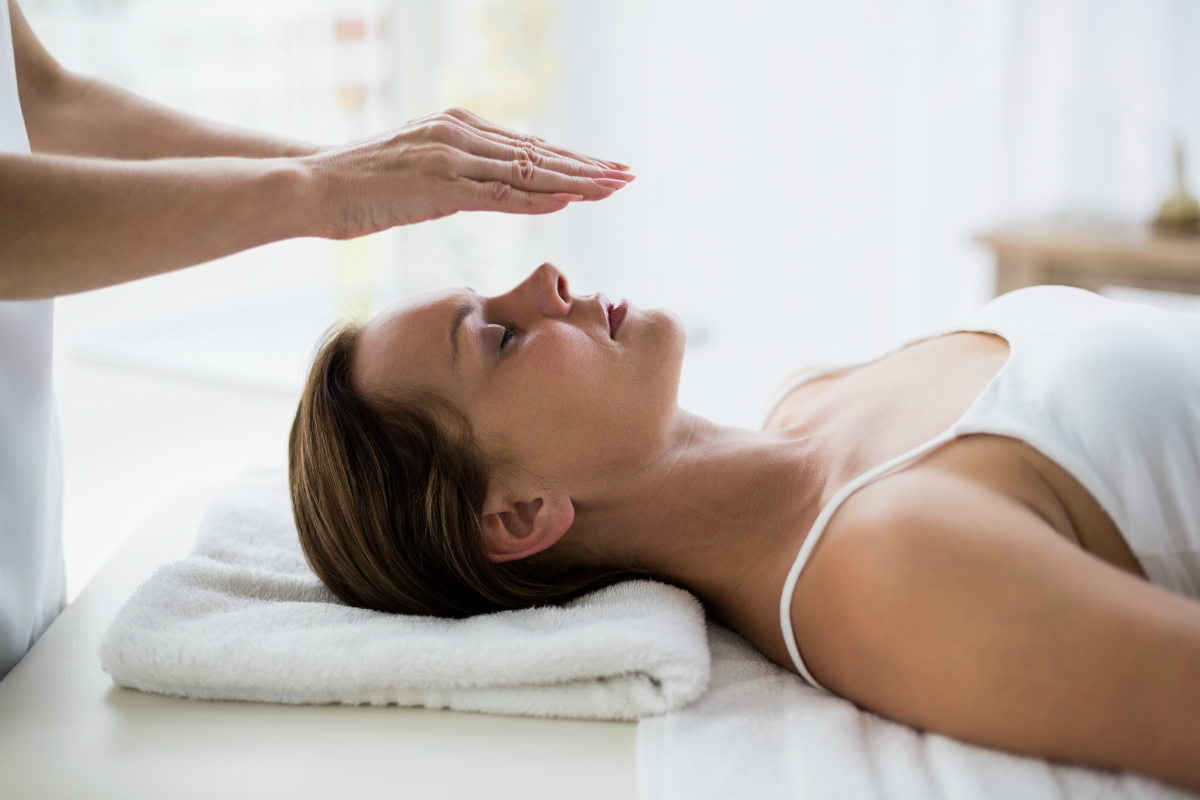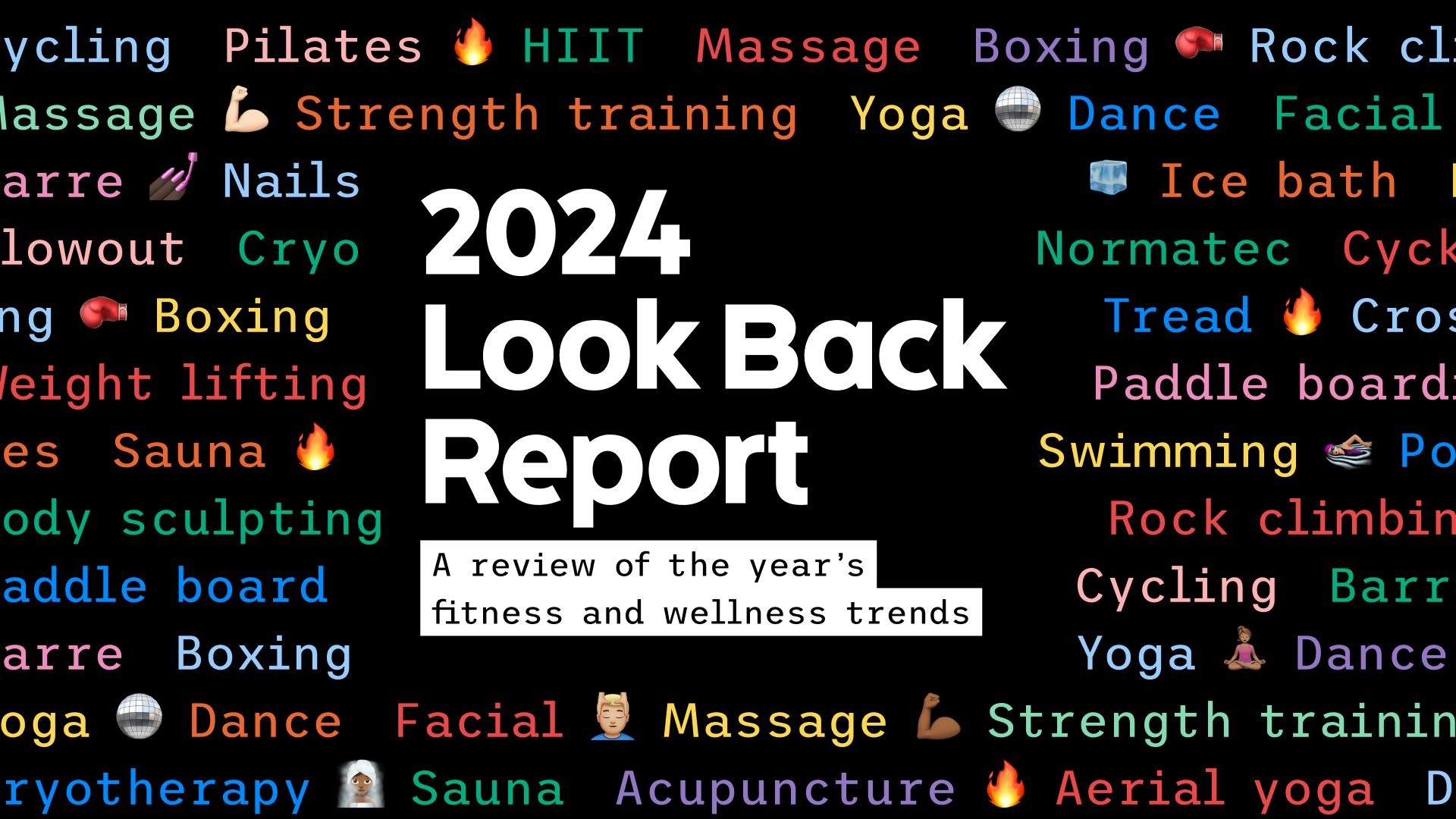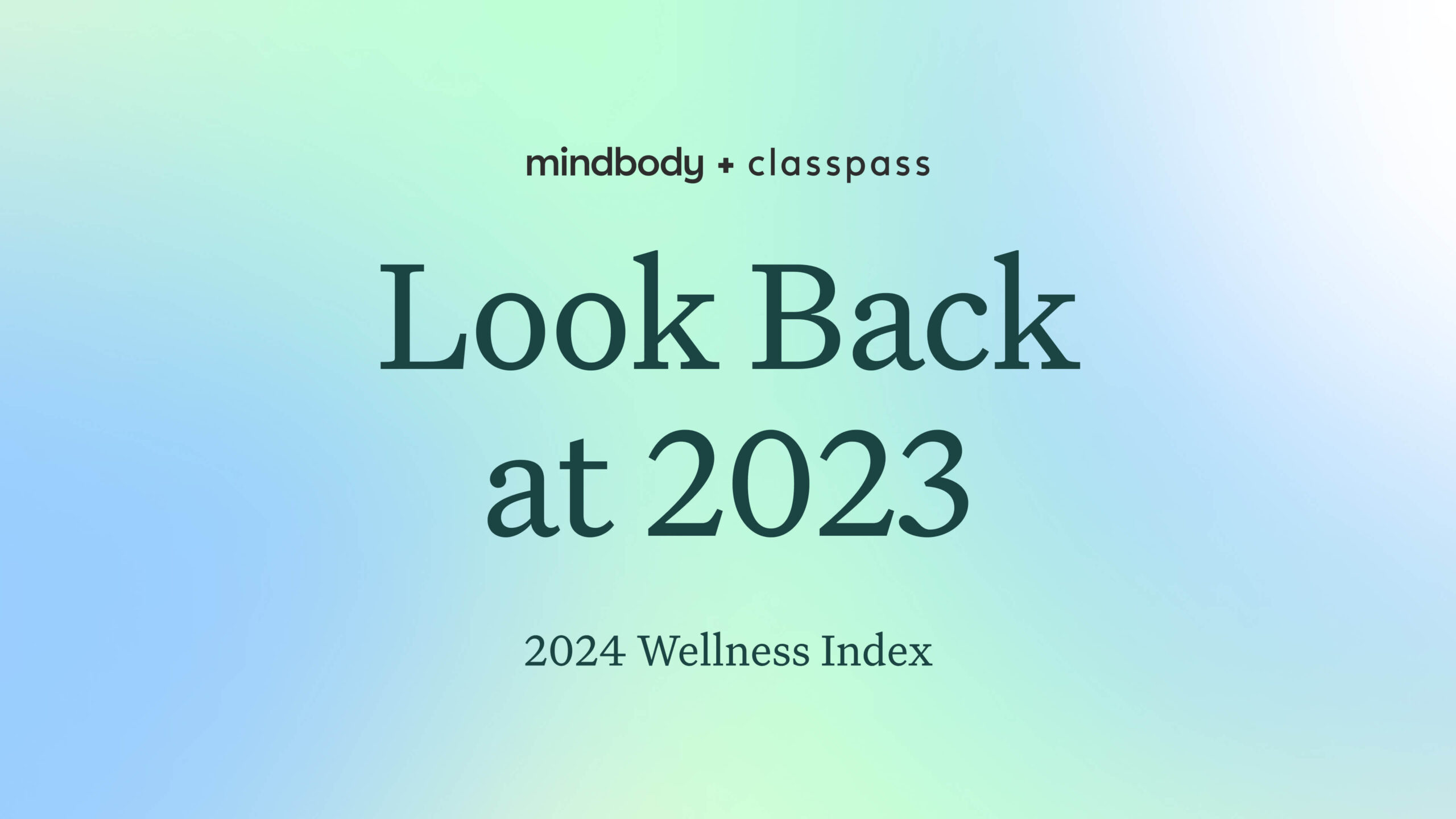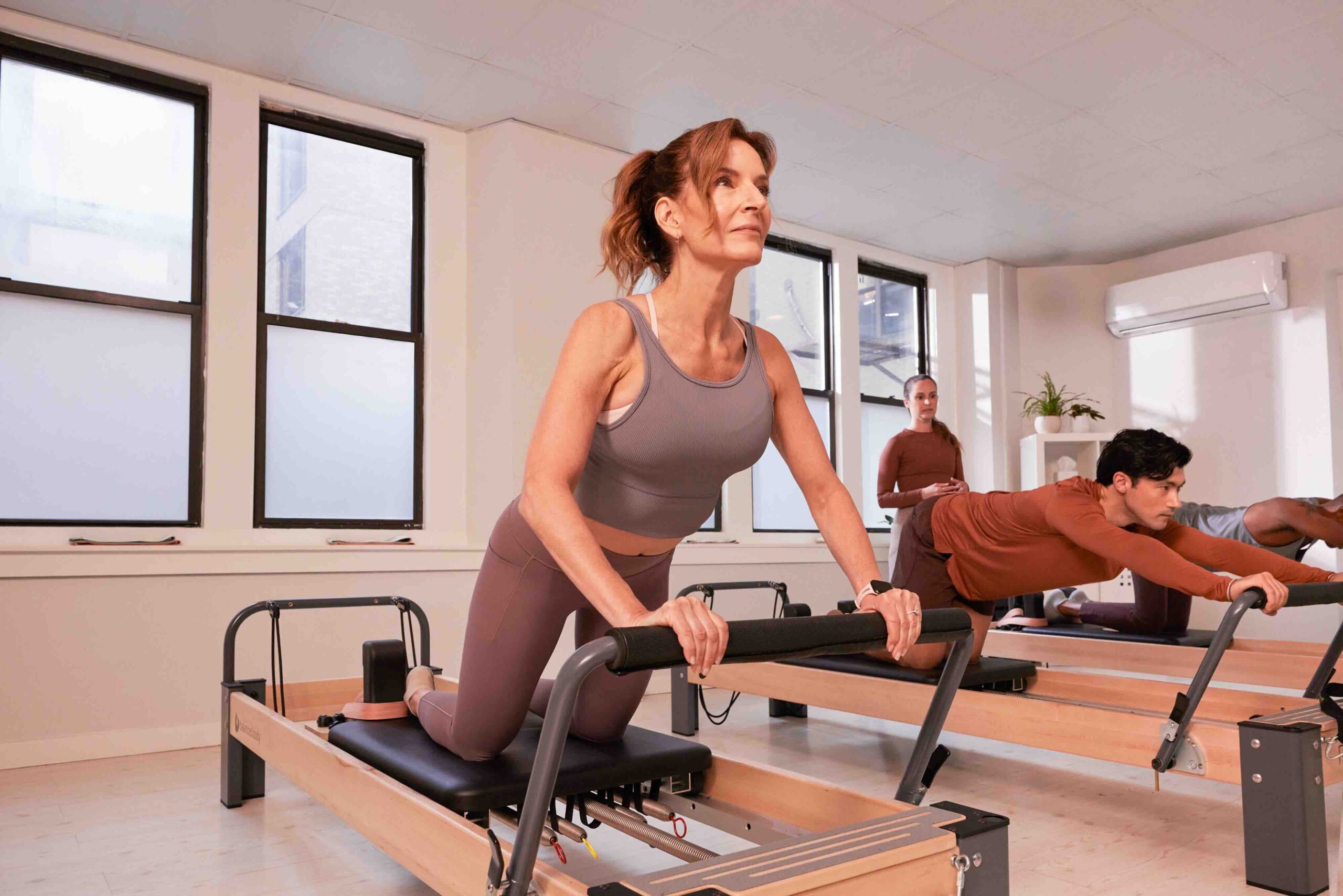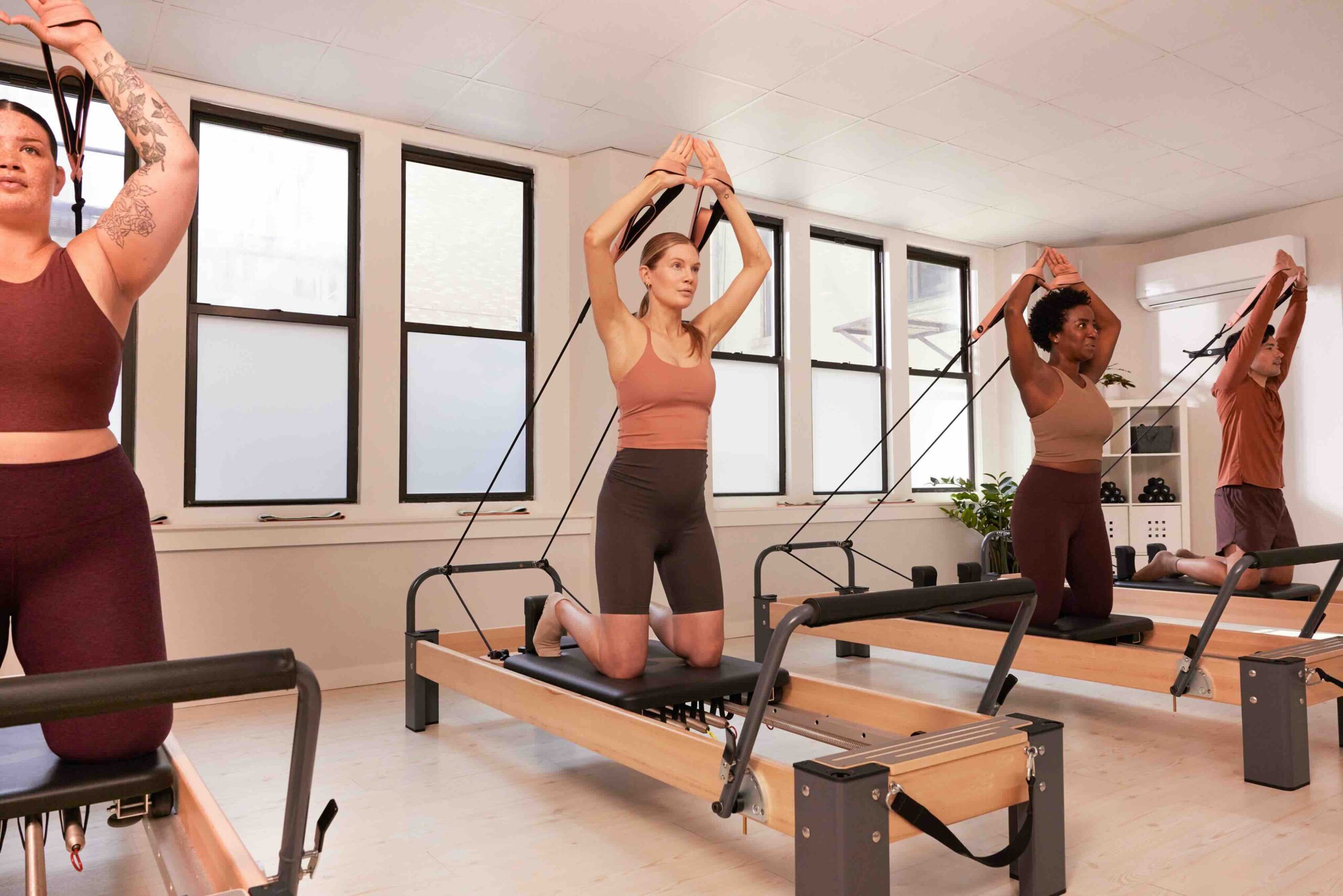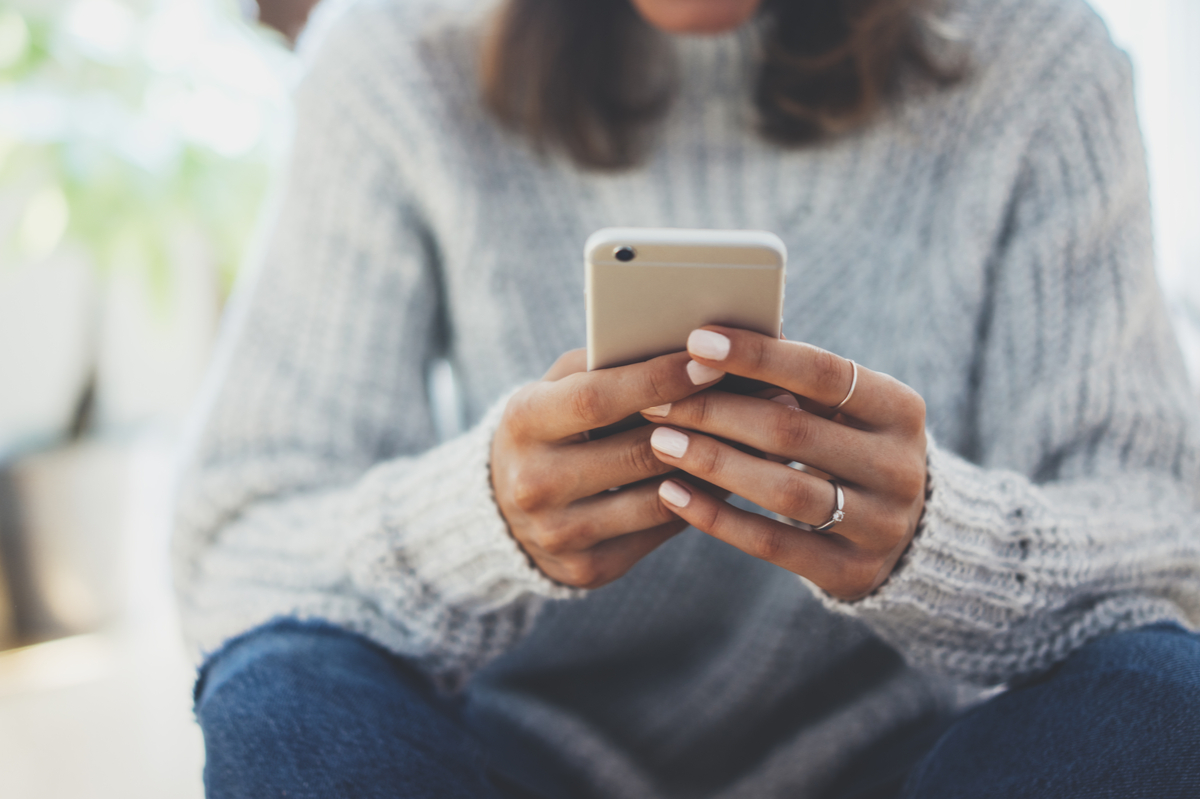Another day, another trend—or at least that’s how it feels these days. Crystals, matcha and turmeric lattes are just some of the latest trends that have taken over the health and wellness space and our Instagram feeds.
But here’s a trend—or technique, rather—that is starting to get some buzz: Reiki. This Japanese technique targets stress by promoting relaxation and healing through touch. In other words, it’s a century-old form of alternative medicine that is now starting to hit the mainstream wellness market. Reiki literally means “life’s force energy,” which is why the technique encourages people to connect with their own healing energy and use it to strengthen their mind, body and spirit.
What is reiki?
Reiki is not a private practice like meditation or crystal healing. To experience Reiki, you must sign up for a session with a Reiki master. Sessions, which last 45 minutes to an hour, generally start with an interview so that the master can be aware of your aches, pains or emotional needs. From there, the master practices “laying of the hands.” “This is typically done in slow, sweeping motions hovering just inches above the body,” says Marcy Neumann, The HeartShift Coach. “This is where the practitioner becomes highly in tune with the energy system of the client and allows themselves to be lead accordingly, yet still within a structure to ensure that the client gets everything that they have come to receive and all areas are attended to.”
Once the master has finished with the top of the body, they will ask the participant to flip over on their stomach. Then the motions will repeat. Oftentimes, clients will feel warm sensations or bursts of energy in various parts of their body that have been healed.
Reiki is safe for those suffering from illness or injury. It is highly recommended for women during pregnancy as a little stress relief before the sleepless nights.
The main reiki benefits
Let’s face it; we’re always on the go. And even when we’re physically stagnate, our minds are always racing. Reiki gives you time to decompress (if you let it). “As we are multidimensional beings with a variety of needs at any given moment, Reiki seeks out the energetic cause and its effects and simultaneously addresses those needs,” says Neumann. Any physical, mental or emotional symptom is a disruption in our energy flow, which is why it causes great pain. “They can also be an indication of a blockage, sluggish energy due to density or even too much energy flowing into a particular area due to the often chaotic effects of stress.”
The benefits of Reiki are endless and include a deep state of relaxation, reduced stress, and even a remedy for injury, chronic pain or illness.
How to prepare for reiki
Attending a Reiki session isn’t like going to a strength training class. It’s personal and can sometimes be overwhelming (in a good way). The best way to get started is to simply have an open mind. You have to forget about the emails, dirty dishes and neglected text messages for the hour. When you start your session, it’s an opportunity for you to relax and release. It won’t be successful if you’re tense and fixated on other topics.
Reiki may be a shock to the system at first, especially if you’re not accustomed to any type of healing or meditation practices. “Ask for what you’re comfortable with,” says Shelby Forsythia, a level II Reiki practitioner. “Most masters will be accommodating, and Reiki can be done in a number of ways, including sitting or lying down, hands-on or hovering, and more.”
